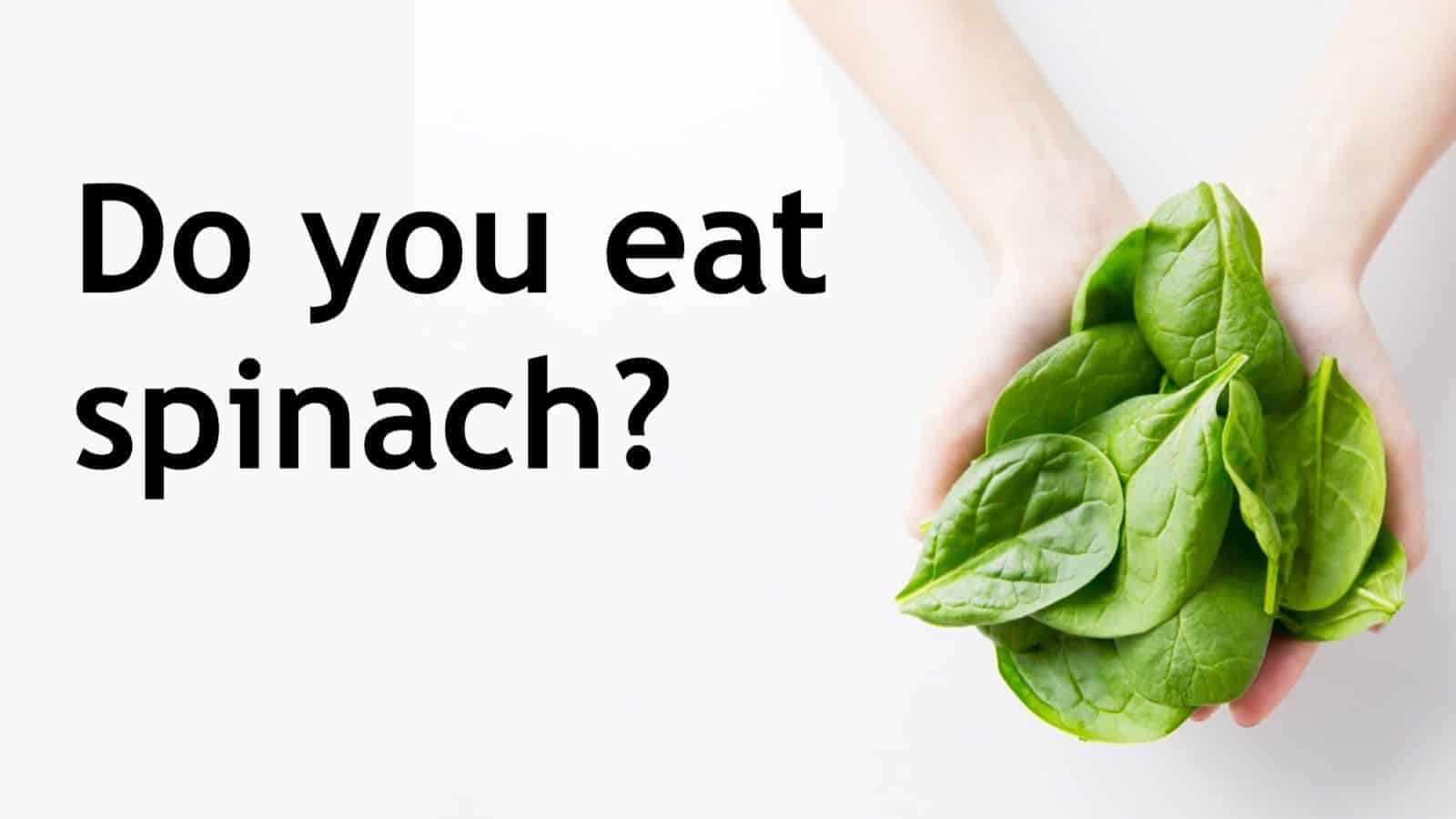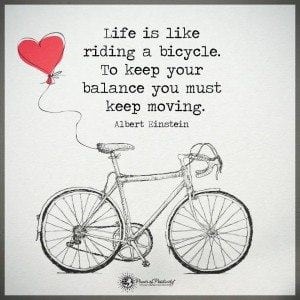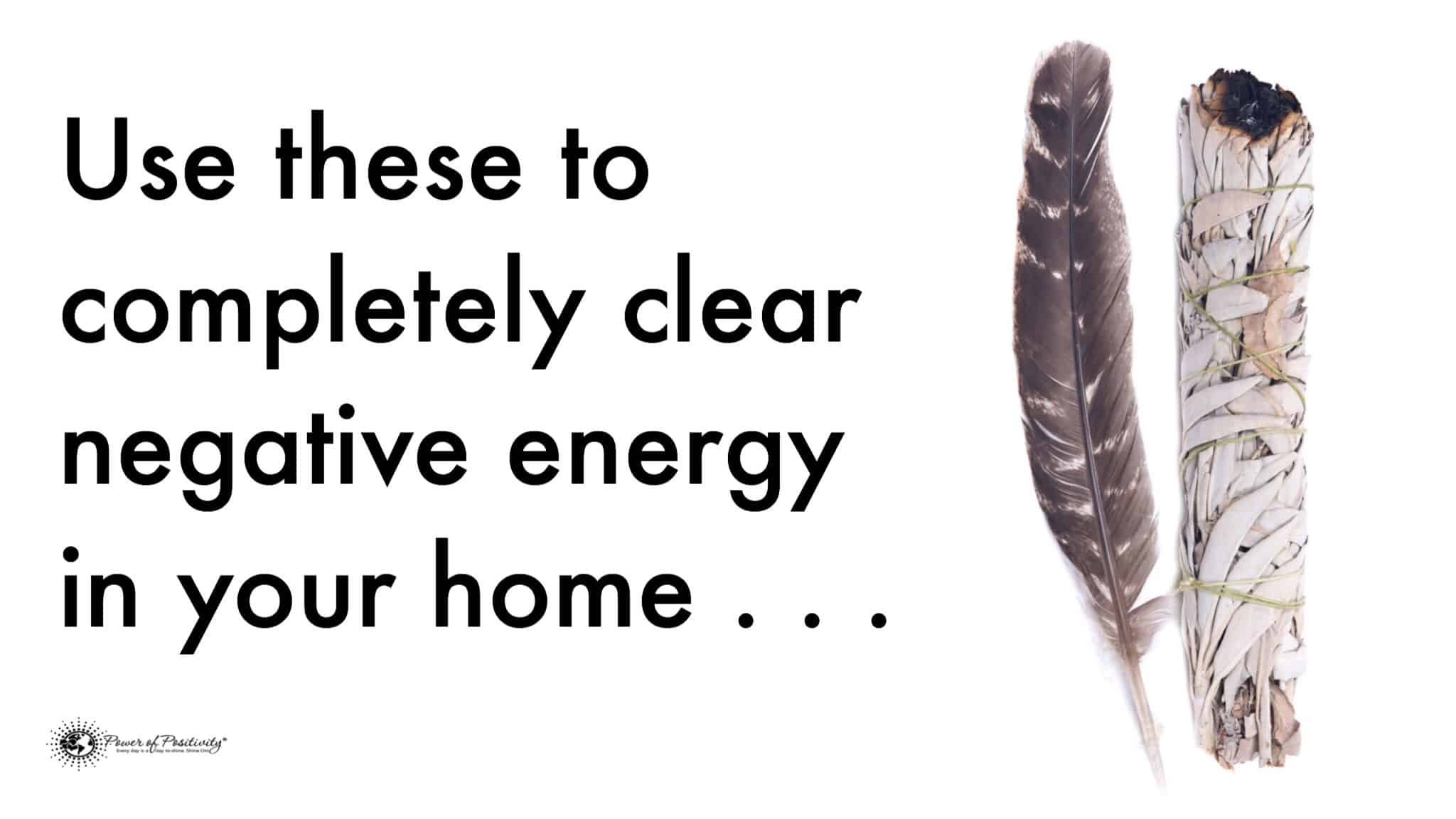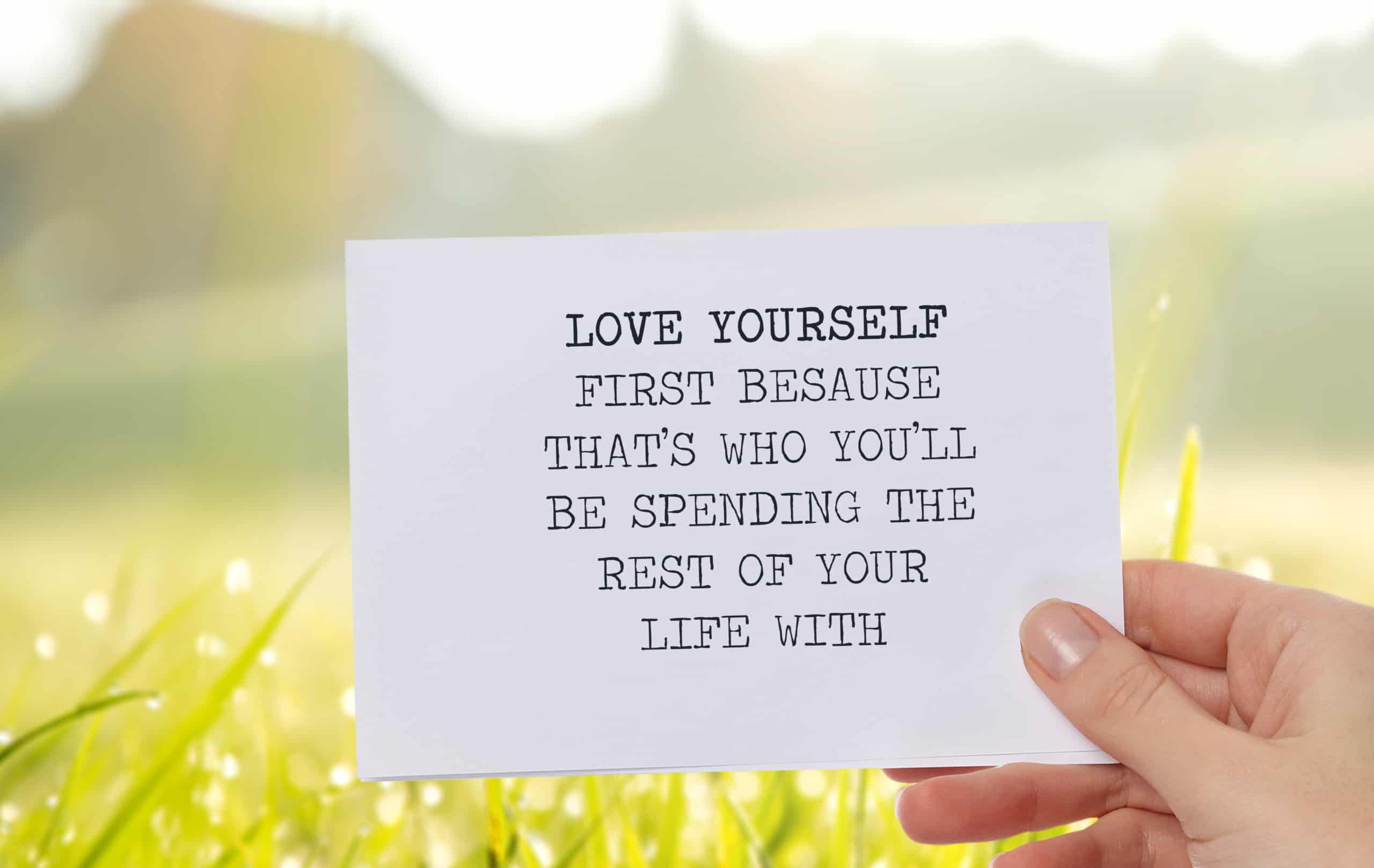We’re not here to explain the neurophysiology of attraction – something that’d take far more than one article. Whether, we’re going to provide some rationale for why some women do indeed choose to pair with a man that is “no good.”
“Attraction is not a choice.” – David Deangelo
Whether or not one’s inclined to agree with Mr. Deangelo’s above statement, there is at least some amount truth to it. Otherwise, how can we explain the confusing pattern of women “falling for” a man – and vice versa – who does little else than bring them pain?
Here are 5 of the top reasons women fall for the wrong guy:
1. The “Loop Effect”
This one is relevant to men that can be classified as “playboys” or “bad boys.” Initially, this type of guy will lavishly give attention to his object of interest. However, this undivided attention he quickly takes away; it’s taken away for the sole purpose of inviting a “chase.” Too often, the woman is all-to-willing to oblige.
After a while, the man will “take back” the woman only to repeat the cycle. We call this the “loop effect,” and it’s effective because the woman remembers the initial feelings of elation for having “won back” the bad boy. It is this emotion that makes it tempting to repeat the loop every time the man starts one.
2. Being Nice is Boring
This is a very popular theory that is, in all likelihood, an absolute fact. When we think about all of the nice “things” we’ve accumulated in life, many of them gave us a strong sense of satisfaction in the beginning. Because there is something that clicks in our brain that makes nice things seem “not so nice” after a period of time.
In many ways – as bad as this may sound – much is the same in terms of a woman’s psychological perspective when dating “nice guys.” Really, they’re just not all that fun after a while. Meanwhile, “bad boys” provide a constant challenge with a pot of gold at the end of the rainbow: the bad boy settles down with them. Of course, this doesn’t happen 99 percent of the time.
3. The Wrong Guy Is More Attractive
Bad boys usually evoke an aura of confidence that woman find instantly attractive. Should the man also have physical appeal, well it’s pretty much a done deal. The Wrong Guy is often condescending and cocky, which some women find instantly attractive too.
Most women ultimately want one person they can spend the rest of their lives with. Before that happens, however, it is common for them to explore their naughty and lustful side. And make no mistake, the Wrong Guy will indeed provide this.
It just doesn’t usually end well.
4. The Wrong Guy Is a Challenge
Another uncomfortable truth: most men have absolutely no idea how to attract women. Nice guys have an innate tendency of “opening up” too soon. They’re ready to give their heart away, and give the woman whatever she desires.
But here’s the problem: it’s not attractive at all. Think of the most popular dude in high school – the stereotypical jock with muscles and a strong personality. Two things are most likely true: (1) the man probably had an indifferent attitude towards girls, and (2) the girls he “got with” were the “cream of the crop.”

An attitude of indifference in a man can be very appealing to women. Indifference means a challenge, and a challenge means a (very unlikely) reward.
Hey, don’t shoot the messenger.
5. Repeating Past Mistakes
In an ideal scenario, the woman will learn from her mistakes and find someone emotionally-healthy for her. Some women, however, never learn – no matter how many times they’ve been left broken hearted and with no man to show for it.
Related article: 6 Ways to Find the Right Partner
There is, however, a worse scenario than mindlessly falling for a someone who continually hurts her; and that is making the decision to commit – even marry – such a man. The only time this is not the case if the man matures psychologically and emotionally, but this doesn’t happen too often.
Dating and casual encounters involve a lot of “time will heal all wounds” reminders.
Committing to the wrong person is committing to pain – and nobody wants that for anyone else.








 1. Rubbing Your Eyes
1. Rubbing Your Eyes 10. Sleeping With Your Makeup On
10. Sleeping With Your Makeup On Final Thoughts on Surprising Things That Damage Your Eyesight According to an Ophthalmologist
Final Thoughts on Surprising Things That Damage Your Eyesight According to an Ophthalmologist

